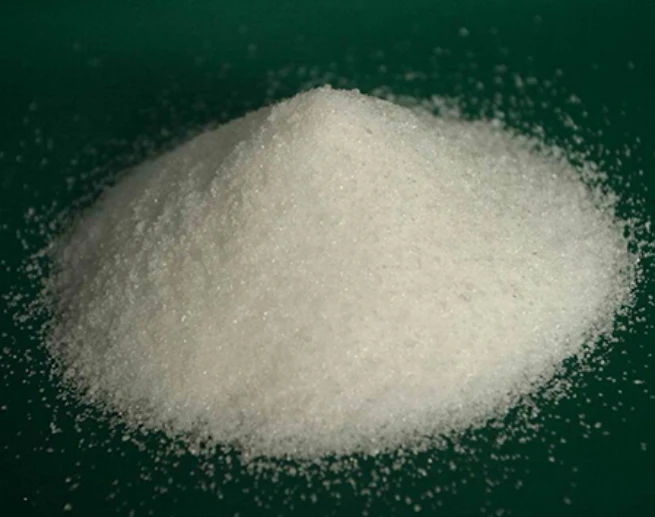Exploring the Properties and Applications of PAM Polyacrylamide in Industry
Polyacrylamide-Based PAM Applications, Properties, and Benefits
Polyacrylamide (PAM) is a versatile polymer extensively utilized in various fields, ranging from water treatment to agriculture, and even in the oil and gas industry. Its unique properties make PAM a valuable tool in enhancing performance in numerous applications. This article delves into the characteristics, benefits, and applications of PAM, highlighting its importance across several sectors.
Understanding Polyacrylamide
Polyacrylamide is a synthetic polymer derived from acrylamide monomers. Its structure can be modified by incorporating different functional groups, allowing for a wide range of chemistries. PAM is usually produced as a white, granular solid, and when dissolved in water, it forms a viscous solution. This property is one of the key reasons why PAM is so widely used.
Properties of PAM
One of the most significant features of PAM is its ability to absorb large amounts of water, making it an effective soil conditioner and water retention agent. PAM has excellent flocculating properties, enabling it to bind particles together, which is particularly beneficial in wastewater treatment processes. Additionally, PAM enhances the stability of soil structures by promoting aggregation, thereby reducing soil erosion and improving water infiltration.
Moreover, PAM can exist in various forms, including anionic, cationic, and non-ionic variants, which allows for customization based on specific needs of different applications. The choice of PAM type depends on factors such as the ionic strength of the solution, the characteristics of the suspended particles, and the desired outcome.
Applications of PAM
1. Water Treatment PAM is extensively used in municipal and industrial water treatment processes. It helps remove suspended solids and facilitates settling. The polymer flocculates particles, making it easier for them to be filtered out, thus improving water quality.
pam polyacrylamide

2. Agriculture In agriculture, PAM plays a crucial role in soil management. It helps improve water retention in sandy soils, reducing the frequency of irrigation. Its ability to enhance soil structure also aids in reducing soil erosion, promoting better crop yields.
3. Oil and Gas Industry PAM is used in enhanced oil recovery (EOR) methods. It helps in improving the viscosity of the water injected into oil reservoirs, allowing for more efficient extraction of oil.
4. Mining and Mineral Processing In the mining sector, PAM is applied in various processes to separate minerals and enhance the recovery rate of valuable ores. Its flocculating properties ensure better management of tailings and waste materials.
5. Cosmetics and Personal Care Due to its non-toxic nature, PAM finds applications in the cosmetics industry, where it is used as a thickening agent and stabilizer in various formulations.
Environmental Considerations
While PAM presents numerous benefits, there are environmental considerations that must be addressed. Concerns about the biodegradability of PAM and potential toxicity of acrylamide residues have prompted research into safer alternatives and methods for its application. The industry is focused on ensuring that PAM is used responsibly, with practices in place to mitigate any adverse environmental impacts.
Conclusion
Polyacrylamide is an invaluable synthetic polymer with a wide range of applications across different industries due to its unique properties. Its ability to improve water quality, enhance soil management, and facilitate efficient processes in various sectors makes it an essential component in modern technology and management practices. While its advantages are vast, ongoing research and responsible usage are crucial for minimizing environmental impacts and ensuring sustainable solutions in the future. As industries continue to evolve, the role of PAM is likely to expand, paving the way for innovative applications and sustainable practices.
-
Water Treatment with Flocculant Water TreatmentNewsJun.12,2025
-
Polymaleic AnhydrideNewsJun.12,2025
-
Polyaspartic AcidNewsJun.12,2025
-
Enhance Industrial Processes with IsothiazolinonesNewsJun.12,2025
-
Enhance Industrial Processes with PBTCA SolutionsNewsJun.12,2025
-
Dodecyldimethylbenzylammonium Chloride SolutionsNewsJun.12,2025





